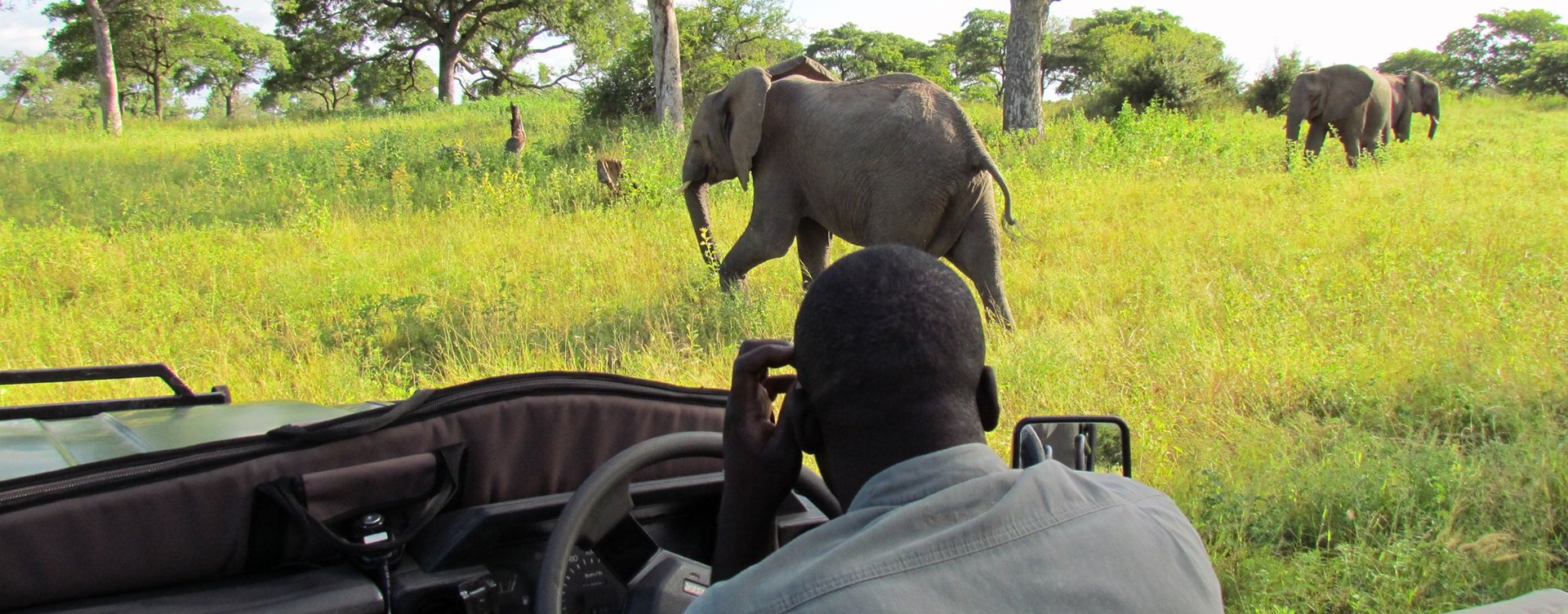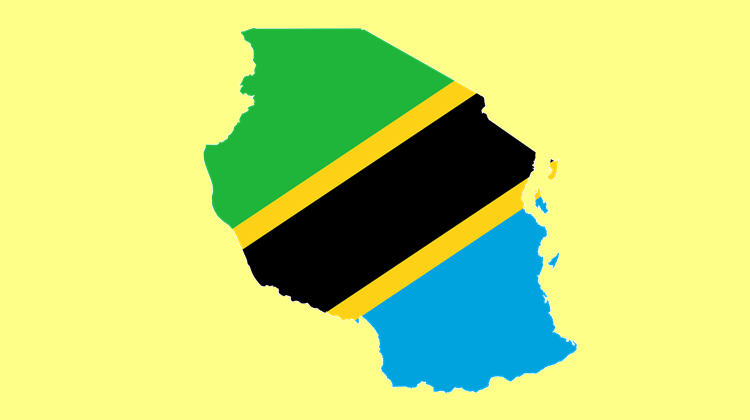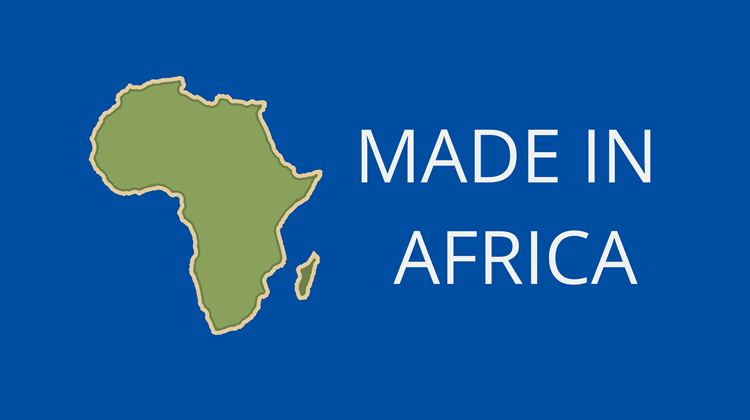The elephant in the room: Tourism futures in Southern Africa

Substantive wildlife tourism potential should be producing rapid broad-based development in all southern African countries.
Of the world’s remaining African elephants, most reside in east and southern Africa. Botswana hosts the single largest population at roughly 126 637. Zimbabwe follows with an estimated 65 030. Elephants are a keystone species, engineering wild landscapes and providing a bedrock for wildlife tourism growth. For this region, sustainable tourism is vital to future economic and employment growth. In the absence of other growth sectors, or sectors that exhibit jobless growth, the importance of tourism to the future of the region is difficult to overstate. Pre-Covid, international tourism receipts (as a percentage of total exports) was 11.59% for Southern and Eastern Africa, according to World Bank figures. According to the World Economic Forum’s Travel and Tourism Development Index (TTDI) for 2024, South Africa alone employed 542 000 people in the industry, while international tourism receipts brought US$4.77 billion into the economy.
Employment and income growth create a viable middle class, one of the strongest antidotes to authoritarian repression available. The evidence is clear, too, that democratic strengthening in turn causes long-run growth. However, an IMF paper from 2012 finds that ‘in countries that receive little or no income from resources the relationship between democracy and income is positive and significant. In resource-rich countries, the reverse is true: higher incomes bear a negative relationship with democracy.’ This is likely because of the multivariate impact of the “resource curse”, where natural resource wealth consolidates elite bargains in weakly institutionalised contexts through exacerbating inequality (driving down median income levels). These rents also fund the suppression of civil liberties and undermine citizens’ abilities to hold their governments accountable.
Regarding political configuration, one-party dominance still characterises much of the region – Namibia, Botswana, Angola, Mozambique and Tanzania. It has been broken, however, in South Africa, Zambia and Kenya in the latest respective elections. Zimbabwe and Eswatini remain outright autocracies.
For all these countries, tourism potential, coupled with abundant mineral wealth, should be producing rapid broad-based development. Yet, the political dynamics undermine the economic potential. Instead of governance arrangements that promote broad-based development, the elite bargain at the heart of too many political and economic institutions in the region amasses rents for a select few insiders at the expense of citizens.
The dynamics of these elite bargains have a surprising effect on tourism. Consider Zimbabwe, for instance. The ruling elite has no interest in growing a thriving tourism sector, which it figures would prove politically costly – younger, middle-class, urban voters are increasingly voting for opposition parties across the region. Instead, political and business elites have an interest in extracting mineral and natural resource rents to fund their repressive capabilities and keep the patronage networks at the minimal size required to maintain the bargain.
A recent announcement, then, that Zimbabwe was considering an elephant cull (upwards of 200) would have come as no surprise to those who observe the country’s political economy. The Bloomberg report stated that Zimbabwe’s elephant population was ‘100,000-strong’ and cited Environment, Climate, Tourism and Hospitality Minister Mangaliso Ndlovu as saying ‘We are trying to see ways in which we can reduce the numbers… Options are on the table, including culling.’ As indicated above, the most recent survey evidence indicates that the population is nowhere near 100 000. As Zimbabwe’s Centre for Natural Resource Governance has rightly indicated, negative drought effects will not be solved by culling elephants and distributing the meat. Rather, the problem will be more sustainably solved by stronger land governance and support for rural farmers. What many leaders fail to understand is that conservation policies have a direct bearing on tourism potential and reputation, as the following section makes clear.
What many leaders fail to understand is that conservation policies have a direct bearing on tourism potential and reputation
Along with Botswana and Namibia (which has also announced the culling of over 80 elephants recently), these countries’ leaders claim that there are ‘too many elephants.’ Part of the rhetoric is that elephants destroy trees and people’s livelihoods; dubious assertions at best, though human-elephant conflict does occasionally occur where this is not appropriately managed. Nonetheless, the argument proceeds that these countries need to ‘manage numbers’ and ‘finance conservation’, through trophy hunting, culling and selling stockpiled ivory. The latter, they insist, is their sovereign right and efforts to prevent it are a violation of sovereignty and Western imposition.
The idea of “overpopulation”, however, is a myth informed by an outdated view that landscapes can only support a threshold elephant “carrying capacity”. The logic only holds in small, fenced reserves that should probably not host elephants anyway (but can often address the problem through immuno-contraception). In larger landscapes, where elephants can roam freely, their densities and population growth rates adjust to food and water availability.
Moreover, the market for ivory has been dwindling rapidly since the US banned domestic trade in 2015, and China followed suit in 2017, partly based on the economic arguments supporting a ban. No state is likely to buy Zimbabwe’s 130-ton ivory stockpile. In a fictional world of a willing buyer, Zimbabwe might receive around US$100/kg, which amounts to US$13 million. Even with a significantly underperforming sector, Zimbabwe attracted US$62.6 million in 2023 in international tourism receipts (in current US$, down from US$182.1 million in 2018).
It is difficult to grasp the rationale of states’ desire to sell ivory to ‘fund conservation’, when all such sales are likely to do is undermine the efficacy of demand reduction campaigns and trade bans, which together have helped to reduce the ivory price from a peak of US$2,100/kg in 2014 to only US$400/kg today. This has helped to reduce poaching, though poaching levels do remain dangerously high even for apparently healthy elephant populations in Botswana and Zimbabwe. And this is precisely the reason why culling would be a disaster, aside from the obvious ethical dubiousness and inhumaneness of the practice.
On the question of what to do with existing ivory stockpiles, a recent study argues that putting them beyond commercial use increases elephant poaching across Africa, on average (in a statistically significant way). Predictably, isolated ivory burns temporarily spike prices and create negative spillover effects – no increase in poaching in the country burning ivory, but an increase in other range states. The problem with the study was that the model only ran to 2019, thus not accounting for ivory price declines in African markets to well under US$200/kg in most places by 2024. It also did not consider that poaching syndicates follow elephant densities, so increased poaching in countries that do not burn (and want to sell) ivory may have little to do with ivory burning per se.
Culling elephants for no good reason would likely spark international opprobrium and undermine tourism, something local citizens can hardly afford
Perhaps ironically, the promotion of elephant trophy hunting and culling, on the pretext that it benefits local communities (through providing rare protein, especially in droughts), appears to be straight out of the propaganda playbook of Safari Club International, the world’s largest trophy hunting club. It supports the narrative that one must “kill to conserve”, which too often serves to rationalise the cruelty in the minds of the executioners and the governments who receive the rents. Culling elephants for no good reason would likely spark international opprobrium and undermine tourism, something local citizens can hardly afford.
Botswana, Namibia and Zimbabwe’s governments miss the point, perhaps on purpose, that elephants are a keystone species, critical for maintaining ecological health and integrity. This ecological robustness, in turn, constitutes the foundation for a thriving wildlife tourism industry generating broad-based benefits. According to the TTDI (2024), Botswana’s tourism industry employs 21 000 people and generates US$764.5 million towards the country’s GDP. Zimbabwe, similarly, employs 56 000 people in tourism, which contributes US$433 million towards the country’s otherwise collapsing GDP.
But realising this potential takes the hard work of building infrastructure, governing transparently and accountably, and providing appropriate incentives to attract tourism-complementing investment. The nature of the elite bargain in autocratic or even one-party dominant states disincentivises any such building because it is perceived as politically risky, a threat to the more immediate rents provided by diamonds, smuggled gold, trophy hunting, culling and selling ivory.
Tourism is one of the few sectors that absorb low-skilled labour and could undermine the growing bulge of youth unemployment across southern Africa, especially in the wake of manufacturing sector decline. Culling elephants on no good scientific grounds is likely to undermine efforts to grow the sector. This bodes poorly for the future of the region.
Image: David Berkowitz/Flickr
Note: Harvey writes in his capacity as the managing director of Harvey Economics (Pty) Ltd. His views do not express those of any of the organisations with which he is currently associated.






